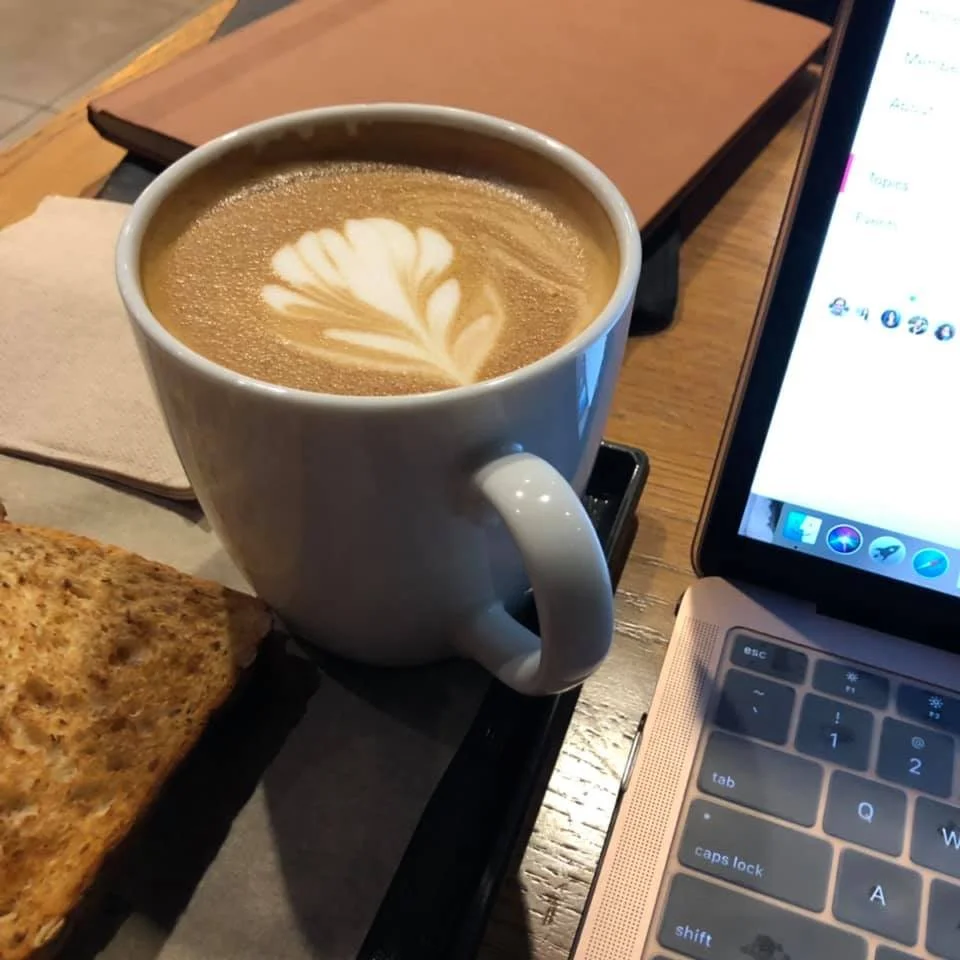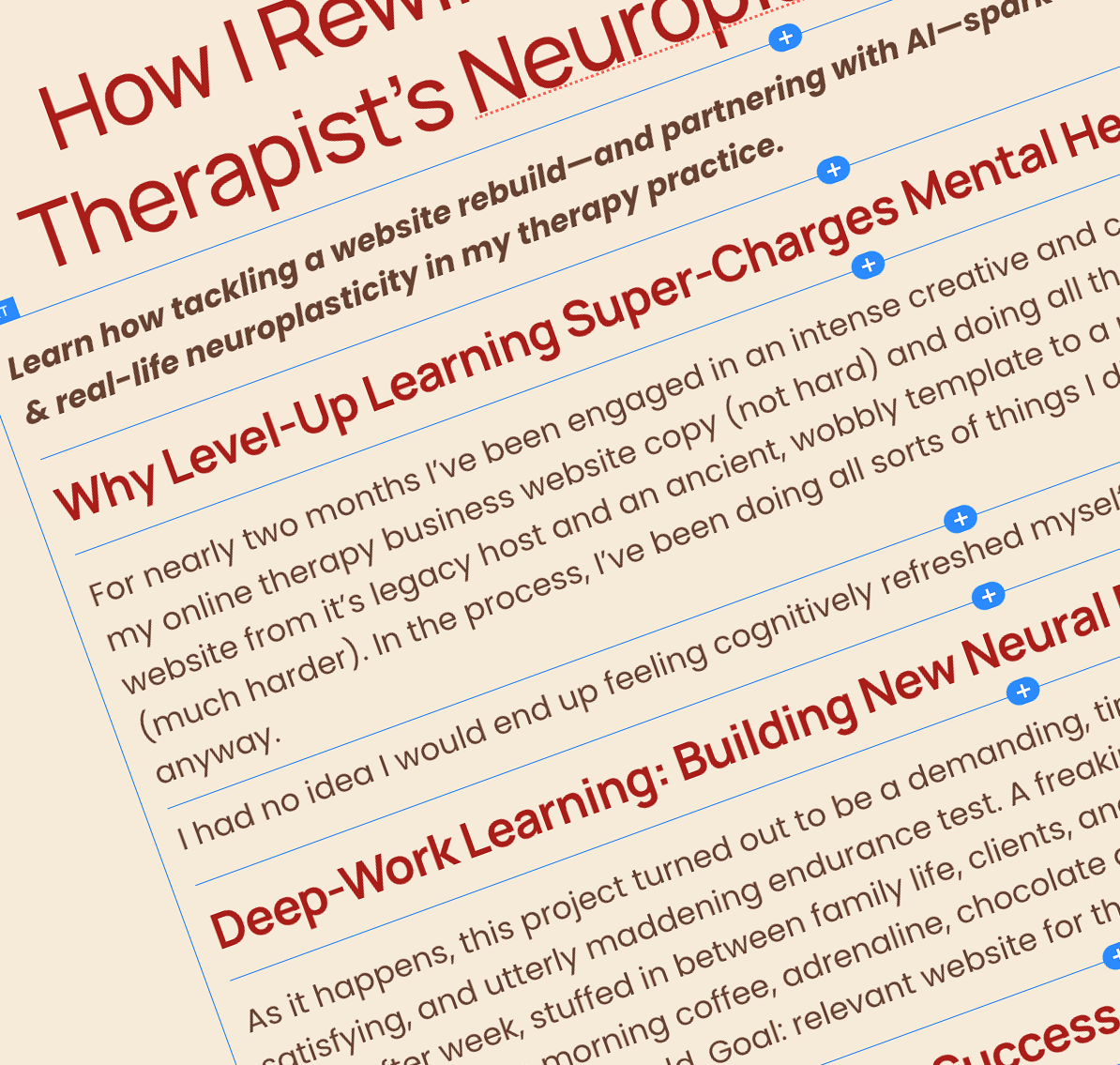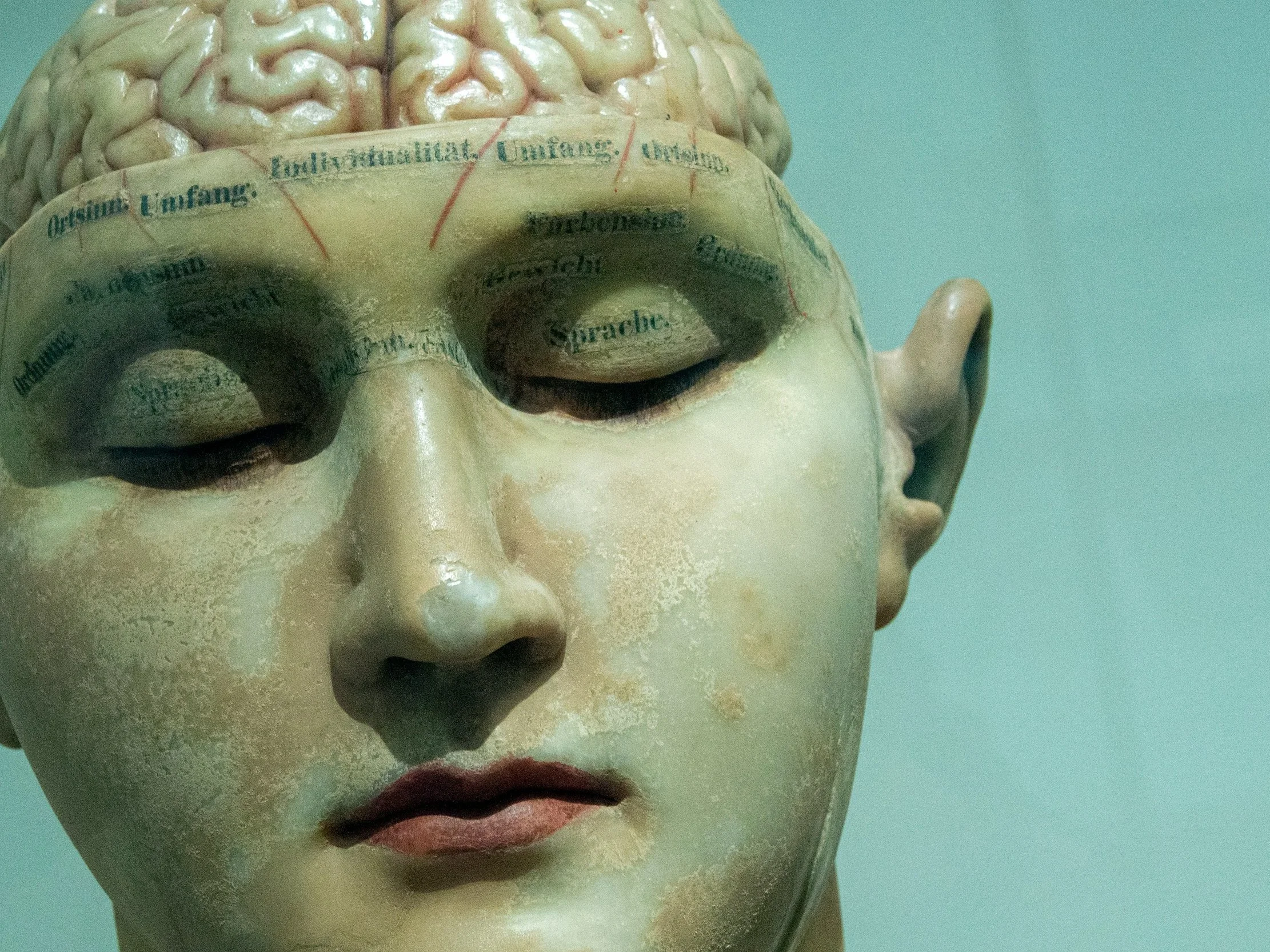How I Rewired My Brain in 51 Days—A Therapist’s Neuroplasticity Experiment
Learn how tackling a website rebuild—and partnering with AI—sparked fresh synapses, dopamine hits & real-life neuroplasticity in my therapy practice.
Why level-up learning super-charges mental health (and websites!)
Victoria Wallace Schlicht
For nearly two months I’ve been engaged in an intense creative and cognitive learning curve. Freshening my online therapy business website copy (not hard) and doing all the tasks associated with moving my website from its legacy host and an ancient, wobbly template to a new and higher functioning home (much harder). In the process, I’ve been doing all sorts of things I didn’t know how to do and doing them anyway.
Somehow, I had no idea I would end up feeling cognitively refreshed myself.
Deep-work learning: building new neural pathways
As it happens, this project turned out to be a demanding, time consuming, exhilarating, exhausting, energizing, satisfying, and utterly maddening endurance test. A freakin’ marathon of 6-12 hour days, almost every day, week after week, stuffed in between family life, clients, and a water leak in our abode. I was obsessed and powered by one morning coffee, adrenaline, chocolate at midnight (I know, I know!), and the sheer drive for survival in a chaotic world. Goal: a relevant website for the modern age, or bust.
From Squarespace flops to success: growth-mindset in action
I went from a platform anyone could use—or at least one I understood—to Squarespace, which I’d poked at at least four times in the last ten years, but could never make any sense of the system. It’s definitely not intuitive for this Gen Jones psychotherapist. This was evidenced by the startling discovery of three prior design attempts waiting for me when I logged into Squarespace in June. They consisted of one page each and a headline or two. Squarespace and I didn’t speak the same language. In the past, when I faced off with Squarespace, I felt overwhelmed and sluggish. Slow. It was if I could feel my brain cells contracting in the face of all the great unknown. Nothing I tried worked the way I expected it to.
Victoria Wallace Schlicht
Grow new synapses: practical neuroplasticity for adults
This time around I partnered with AI, initially to check over my headlines for good SEO and advice on current best web practices. Eventually to help problem solve on Squarespace. So, really there were two separate learning curves: the site migration and redesign on foreign soil, and having some weird mix of Data and Spock AI looking over my shoulder and guiding the way. Two Grow The New Synapses projects for the price of one. What a deal.
Here’s the thing—Learning changes the brain; it changes the structure of the brain. The synapses and neurons in your brain physically change in order to store memory. Learning rewires the brain and it can do so over the course of your lifetime. This is the miracle of adult neuroplasticity—a brain that keeps creating itself.
Dopamine rewards & motivation: why novel tasks feel so good
The reality is, I don’t understand ChatGPT any more than Squarespace, which can be problematic. It’s also true Chat can make mistakes and does so in a very authoritative manner, at times providing such detailed responses, some including code, that I couldn’t fathom them (Ah! feeling a bit dull again!). Dude! I’m using a template precisely because I don’t code and I’m having a hard enough time on this side of the screen without accidentally breaking something with a line of code I know nothing about.
In the process of chewing through my tasks, I tried to figure out what ChatGPT was telling me, Googled a ton on my own, and poked at the Squarespace tutorials for directions. Ultimately I learned a lot from all of them and bumbled around learning all kinds of stuff on my own that no one had mentioned. The brain loves a win, even the anticipation of a task it can complete. Dopamine for the win!
David Matos—unsplash
Setting boundaries with AI – therapist-style
You haven’t really glimpsed the future until you’ve had a tift with ChatGPT about the necessity for a particular document only 18% of private practices are even using or have likely even heard about. Chat won. It used a few terms therapists have a habituated response to: liability, SEO, and it’s coming your way, whether it’s arrived yet or not. Anticipatory anxiety is a real motivator.
If you’ve been trained to be a respectful, collaborative listener, as have most therapists and many women, it might take a moment to realize you don’t have to defend your position with AI. You can just walk away, finish the page the way you want, include the images you prefer, and keep the low performing headline you love. After all, it’s not actually rude, even if it feels rude. So, yeah, you may have to set boundaries with yourself about setting boundaries with tech. Just another form of learning and rewiring.
Brain science meets self-care: the take-home
Learning new skills is good for your brain. I mean we all know that or have at least heard that, but when was the last time you took it out for a spin? The last time you really had to work to figure out something alien to yourself—engaging in the struggle of trial and error along the way? Stayed consistently engaged for hours on end? I loved and hated every moment of it and yet one surprising result is I now feel brighter, fresher, and even a little more accomplished. Energized. And ambitious for something more.
Learning newskills improves mood & resilience
Victoria Wallace Schlicht
As the weeks passed, I began to notice a difference in the way my brain was functioning. Increased energy. Pleasure in the hunt for answers. It was hungry for more—craving another dopamine boost. Hard-won skills can lift your mood. It’s fascinating to me, this mystery of our bodies. We know so much and so little about them in so many ways. Particularly our brains. It wasn’t long ago we first learned the brain was evolving and rewiring itself daily—neuroplasticity.
There’s a somatic connection
There is a distinct somatic sensation when our brain is clicking along and finding the answers, working it through. You can almost feel the gears engaging and a new level of alertness. A revitalization. A burst of dopamine and a small but significant redesign occurs in the memory center of our brain as the synapses fire away. A willingness to learn sustains the brain and grows its circuitry over the course of our lifetime.
The wonderful thing about enhancing your brain health through learning, is there is so much to learn. Find your flavor. And if you really want to build new synapses and wake yourself up, find something new to you to sink your teeth into. Rewiring your brain is a fantastic form of deep self-care and can be a great way to build increased nervous system resilience and engage with life with renewed vigor.
I help people who feel bad feel better. Let’s talk. Learn about online somatic therapy in California.



